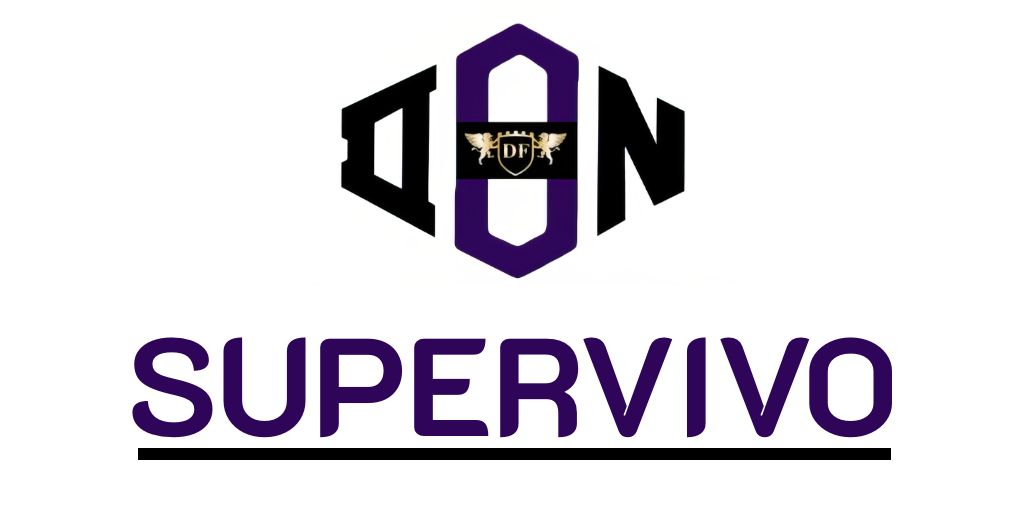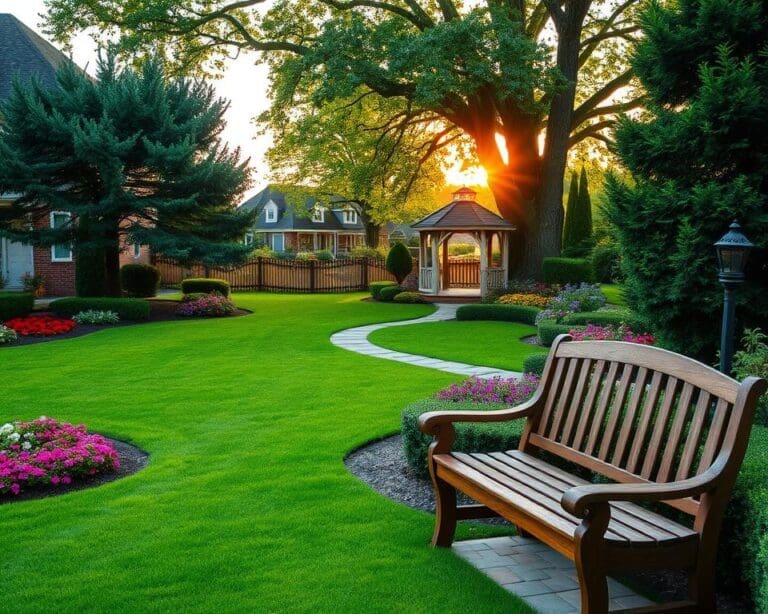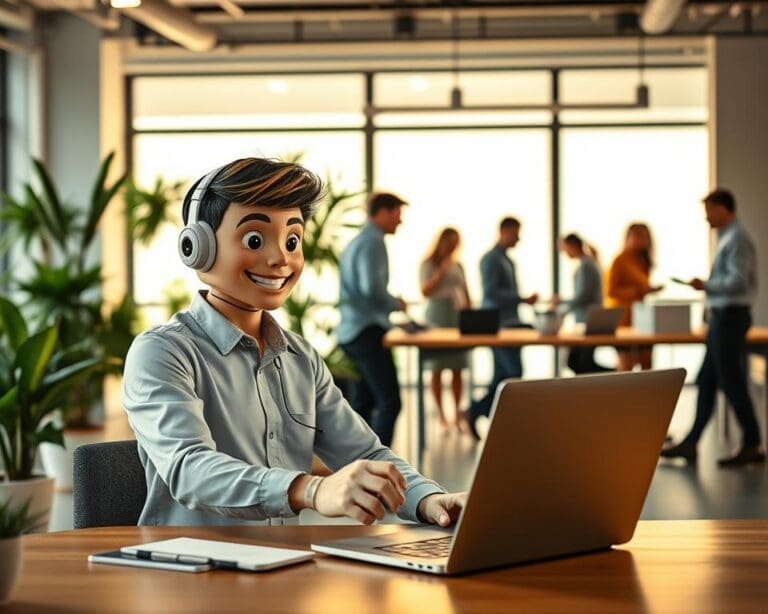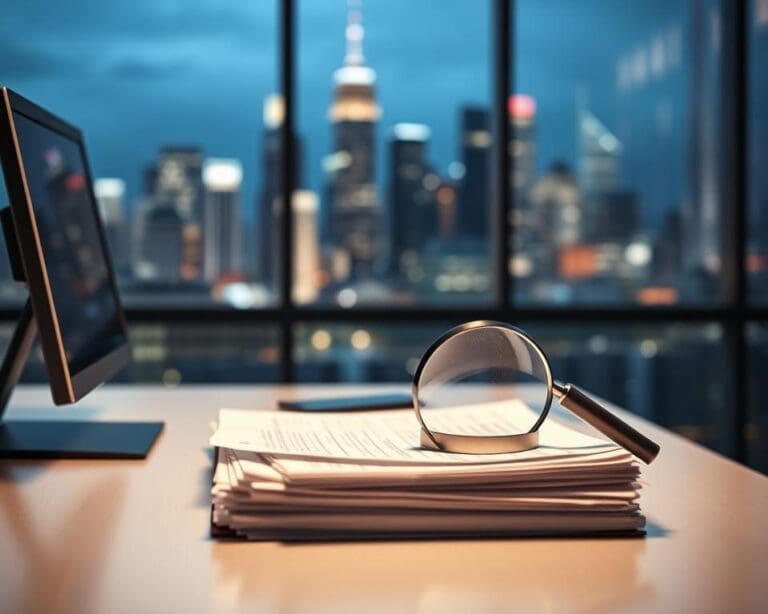As we navigate the ever-evolving landscape of technology, a pressing question arises: will AI replace human creativity in the future? The exponential growth of artificial intelligence has begun to redefine creative industries, showcasing AI’s capabilities in producing art, music, writing, and design. Industry experts and researchers weigh in, offering nuanced perspectives on this complex relationship between technology and human creativity. As we journey through this article, we will explore the implications, advancements, and the potential future of creativity in an AI-driven world.
The Rise of Artificial Intelligence in Creative Fields
The impact of AI in creative fields is undeniably transformative. As the rise of artificial intelligence continues to reshape industries, tools powered by creative technology have emerged with remarkable promise. Platforms such as DALL-E and OpenAI’s MuseNet exemplify how innovation through AI can enhance artistic expression, allowing creators to generate imagery and music with unprecedented ease.
In graphic design, AI algorithms streamline workflows, enabling designers to focus on the essence of their vision rather than labouring over tedious tasks. Adobe’s Sensei exemplifies this by providing intelligent features that assist users in crafting stunning visuals efficiently. Such advancements in creative technology democratise creativity, granting access to powerful tools that were previously exclusive to experts.
This shift fosters not only greater productivity but also unexpected solutions that propel innovation through AI. For example, musicians are harnessing AI’s capabilities to explore new genres and styles, creating compositions that reflect a fusion of human and machine creativity. As AI continues to permeate artistic domains, the possibilities for collaboration and artistic exploration seem boundless.

Understanding Human Creativity
Human creativity embodies a complex interplay of cognitive processes, emotional depth, and life experiences. This multifaceted nature distinguishes it from machine-generated outputs. Creative thinking arises from a blend of divergent and convergent thinking, allowing individuals to explore various possibilities and then refine their ideas into a coherent form. This process not only involves logic but also embraces intuition, where unexpected insights often lead to moments of artistic innovation.
The uniqueness of human creativity lies in the personal narratives and emotions that shape artistic expression. Each piece of art, music, or literature carries an imprint of the creator’s subjective experiences. Studies on the neurobiological aspects of creative thinking reveal how the brain’s response to aesthetic stimuli can evoke profound emotional connections, a quality that machines currently cannot replicate. The spontaneity inherent in artistic pursuits serves as a reflection of the unpredictable human spirit.
In essence, human creativity thrives on the individual’s ability to infuse their work with meaning, drawing from the depths of their lived experiences. Such an approach fosters originality and a resonance that touches the hearts of audiences, setting it distinctly apart from the algorithmic patterns generated by artificial intelligence.
Will AI replace human creativity in the future?
The question of whether AI will replace human creativity has sparked much debate. To grasp the complexities of this subject, it is essential to examine the nature of creativity and innovation. Creativity emerges from varied experiences and emotional contexts, allowing individuals to express unique perspectives. This section delves into the essence of creativity as it relates to AI creativity and highlights the distinctive qualities that make human creativity unparalleled.
The Nature of Creativity and Innovation
Creativity is a multifaceted phenomenon characterised by the ability to generate new ideas or concepts. Innovation extends this notion, involving the practical application of these ideas to yield significant impact. In terms of AI creativity, algorithms can imitate styles, produce artworks, and even compose music. Despite these capabilities, AI lacks the genuine emotional resonance and innovative spark found in human expression. The process of creating often requires subjective interpretations and experiences that resonate with others on a deep level, underscoring the limitations of machines in truly replacing human creativity.
What Makes Human Creativity Unique?
Human creativity is intrinsically tied to elements such as empathy, emotional intelligence, and cultural backgrounds, which AI cannot replicate. The ability to empathise and connect with others enables individuals to create profound narratives, art, and solutions that reflect shared human experiences. This human uniqueness ensures that creative outputs are not merely technical achievements but resonate on an emotional and cultural spectrum. While AI can serve as a tool to enhance human creativity, it is unlikely to supplant the rich, multifaceted tapestry of human innovation.
AI Impact on Human Creativity: A Double-Edged Sword
The integration of artificial intelligence into creative processes presents a complex landscape for artists and creators. By examining the AI impact on human creativity, one can appreciate the dual facets of this technological evolution, encompassing both benefits and challenges. Embracing collaboration with AI can nurture innovative practices while also prompting critical questions about the future of creative authenticity.
Benefits of AI Collaborations
Collaboration with AI offers unique opportunities for creatives across various fields. Artists can harness the power of AI tools to unlock new dimensions in their work, pushing boundaries that were previously unimaginable. These partnerships facilitate:
- Enhanced productivity through automation of repetitive tasks.
- Rich data analysis that uncovers insights into audience preferences.
- Innovative concepts driven by AI-generated patterns and designs.
Successful creative partnerships can be observed in diverse industries, illustrating how AI complements human imagination rather than replaces it. Musicians and visual artists have begun to utilize AI as an assistant, enabling them to explore uncharted territories in their artistic endeavours.
Challenges Posed by Automation
Despite the advantages, the challenges posed by automation cannot be overlooked. The fear of job displacement looms large over many creative professionals. As the capabilities of AI continue to expand, concerns arise about:
- The potential dilution of authentic human expression.
- Increased competition from AI-generated content, impacting traditional artists.
- The ethical implications surrounding originality and ownership.
The balance between embracing innovation and maintaining the essence of creative authenticity remains delicate. As the creative landscape evolves, artists must navigate these automation challenges while advocating for their unique contributions to culture and art.
The Future of Creativity and AI: Predictions and Trends
The evolving creative landscape suggests a significant transformation ahead, shaped by the merging of human ingenuity and artificial intelligence. AI predictions indicate that hybrid models of production will dominate creative industries over the next decade. This synergy between technology and creativity opens new horizons for diverse expressions and richer artistic outputs.
Reputable organisations like McKinsey and PwC emphasise the importance of understanding these shifting dynamics. They foresee a future of creativity and AI where collaboration between human artists and AI systems becomes increasingly prevalent. Such collaborations could redefine traditional creative boundaries, leading to innovative artistic practices and fresh creative trends.
Creatives are encouraged to adapt to this change, leveraging AI tools to enhance their artistic processes. Embracing technology does not diminish the essence of human creativity; rather, it enriches it. The potential of AI to assist in generating ideas and automating mundane tasks allows artists to focus on the emotional and intellectual aspects of their work.
As these trends unfold, the creative communities must remain proactive in their approach. Workshops, seminars, and educational programmes can foster skills that complement AI technologies, ensuring that artists thrive in this new era. By embracing both the challenges and opportunities presented, the future of creativity and AI holds promise for those willing to innovate.
Technology and Human Creativity: A Symbiotic Relationship
The intersection of technology and human creativity represents a remarkable symbiotic relationship that has evolved over centuries. From the advent of the printing press to the latest advancements in digital media, technological innovation has continually spurred artistic evolution. Artists have embraced these innovations, using them as tools to augment their creative expression.
Technological advancements enable numerous forms of creative enhancement. Virtual reality (VR) and augmented reality (AR) are now making waves in art installations, allowing users to experience a fusion of digital and physical realities. This innovative integration not only broadens the scope of artistic expression but also invites audiences to engage with art in unprecedented ways.
Consider the impact of tools such as Adobe Creative Cloud or software like Blender. These applications empower creators to explore new dimensions and techniques, offering platforms for experimentation that were unimaginable a few decades ago. As artists harness these technologies, they expand their creative boundaries, resulting in more diverse and vibrant artistic landscapes.
Ultimately, the bond between technology and human creativity showcases how these elements can coexist and benefit each other. By embracing technological innovation, artists unlock new realms of possibility, continuously reshaping the artistic narrative in a dynamic and inspiring fashion.
The Role of AI in Creative Industries
The role of AI in creative industries has grown exponentially, impacting various fields such as art, music, and literature. This technology revolutionises traditional practices, enabling artists and creators to explore new horizons. Through the use of advanced algorithms and machine learning, AI generates innovative works that challenge our understanding of creativity and originality.
AI in Art, Music, and Literature
AI in art has led to compelling projects that highlight its capabilities. Renowned platforms such as DeepArt and DALL-E create stunning images, transforming simple inputs into breathtaking visual creations. In the realm of music, systems like AIVA (Artificial Intelligence Virtual Artist) compose original tracks that range from classical pieces to contemporary hits. The influence of AI in literature is equally profound, with programmes capable of generating entire stories or poems, often blurring the lines between human and machine creativity.
Case Studies of Successful Collaborations
Examining successful collaborations reveals the powerful synergy between human and AI contributions. In one notable instance, an artist and an AI programme co-created a series of paintings displayed in galleries, merging human emotion with algorithmic precision. Another case involved musicians partnering with AI tools to compose tracks, resulting in critically acclaimed albums. These collaborations illustrate the promise and potential of the role of AI in creative industries, demonstrating how these partnerships can yield unique outcomes and enhance creative processes.
Can Machines Be Creative Like Humans?
The ongoing debate surrounding machines creativity centres on whether artificial intelligence can genuinely mimic the nuanced creativity exhibited by humans. As we analyse AI vs human creativity throughout this discourse, it becomes evident that while machines can produce outputs that appear creative, they inherently lack the subjective experiences that shape human artistry. Creativity, as understood in human contexts, is deeply intertwined with emotion, culture, and personal experience—elements that machines cannot replicate.
Machines, through algorithms and vast databases, can generate pieces of art, music, or text, leading many to question: can machines be creative in the same way humans are? The answer leans towards a cautious affirmation; while machines exhibit astonishing capabilities, they’re often operating within predefined parameters and patterns. This raises philosophical questions about the essence of being a ‘creative being’ and whether creativity is merely an output or an experience shaped by context.
As we look towards the future of creativity, the implications for creative professions are profound. It is clear that artificial intelligence creativity will continue to evolve, possibly enhancing human capabilities rather than replacing them. The true challenge lies in embracing a collaborative approach, where both AI and human creators can learn from each other, allowing for a richer creative landscape that respects the irreplaceable nuances of human expression.









